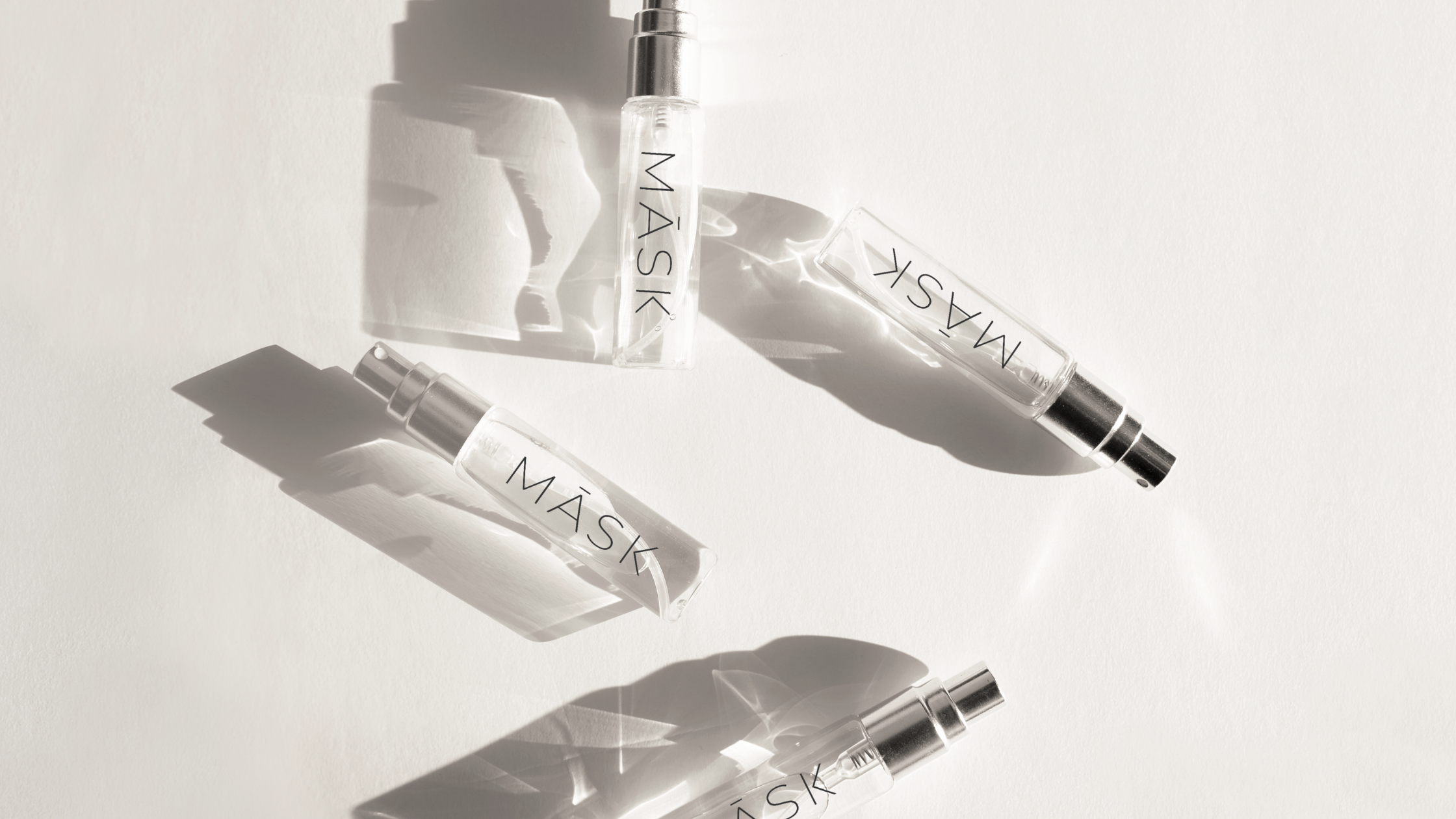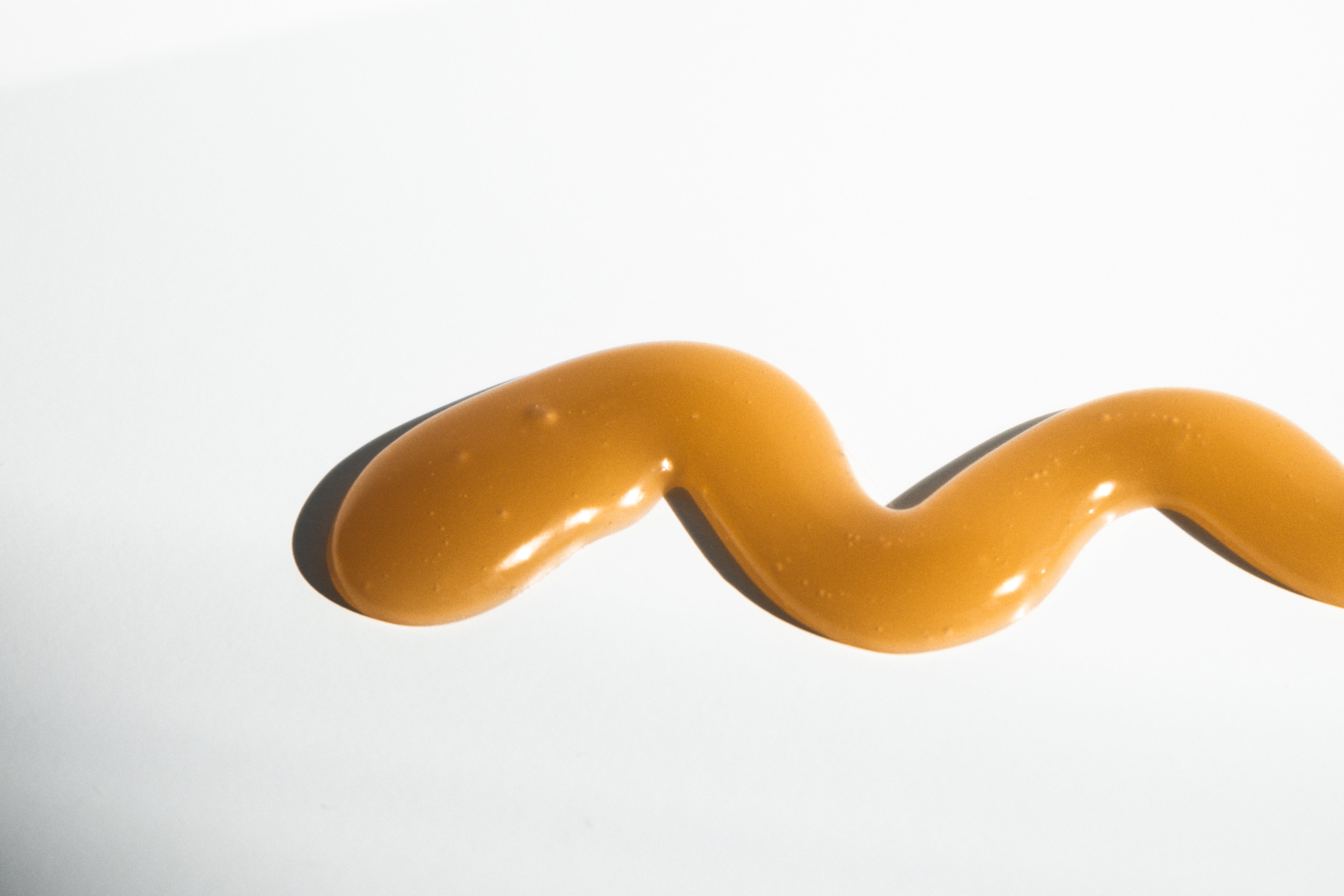All About Actives: Why You Want Active Ingredients In Your Skincare

If you’ve spent a countless amount of time perusing Instagram looking at photos of glowing skin or combing through reviews of the best natural skincare products (no judgment!), you’ve probably stumbled across a reference to active ingredients in skin care. Today’s savvy consumer is more knowledgeable and therefore demanding of their products, including wanting ingredients that act to target specific skin concerns. But what constitutes the terms active and inactive ingredients, how do they work, and why do you want active ingredients in your skincare products? Read on to learn all about actives.
What is an active ingredient?
In the realm of skincare, an active ingredient is an ingredient that has been proven to work in a specific way to target a particular skin concern. If you are beginning to see signs of aging around your eyes, for instance, you may choose to buy a natural skin care product that contains anti aging kakadu plum extract—like that found in MASK Skincare Ageless CBD Anti-Aging Serum —because it is known to reduce fine lines and may boost the production of collagen, responsible for skin’s elasticity and firmness. Hyaluronic acid, a natural humectant, is a stellar active ingredient in MASK Skincare’s Luminouss CBD Hydrating Serum because it is known to hold 1000 times its weight in water, thereby helping to quench dry, thirsty skin. The actives on MASK’s ingredient list were chosen because they perform a certain way on most skin—so in short, actives should act the way they are promised to act.
How is an active ingredient different from an inactive ingredient?
While it may seem from their name that inactive ingredients are a waste of space in your natural skincare products, we need inactive ingredients to balance and carry the active ingredients. Inactive ingredients can be as ubiquitous as water, or they can be more beneficial, like moisturizing jojoba oil, for instance, or calming aloe vera. Having natural skin care products—or conventional ones, for that matter—with nothing but active ingredients would be irritating to skin, so inactive ingredients provide a critical “neutrality” in skincare formulations.
Active ingredients & the FDA
As we’ve established, active ingredients in skin care should perform as they are promised to perform on skin. Brands often claim that their ingredients can reduce fine lines or that skin will be plumper and more youthful from using their products, but these claims can land them in hot water with the regulatory bodies of the U.S government.
Though their active ingredients may very well have a proven track record of doing exactly what the brands say they do, here in the U.S., the Federal Drug Administration (FDA) has very strict rules about the claims made around these ingredients, and how these ingredients are classified.
Depending on the active ingredient and what claims are made surrounding it, the FDA may step in and require the product be classified as a drug—something that would diagnose, cure or help in the prevention of disease—some of which might need a prescription, or at the very least, extensive testing. These claims often involve the promise that a certain active ingredient will somehow alter the structure or function of the skin. According to Self, “A product that is claimed to actually change the structure of your skin (like some antiaging products) or treat the symptoms of a condition (like eczema, psoriasis, or rosacea) is usually considered a drug by the FDA, which means it comes with a specific set of regulatory guidelines and an approval process involving clinical trials before it can be sold.” The thought behind these regulatory guidelines is that brands cannot mislead consumers by making claims that are unproven by clinical testing.
On the opposite side of the coin is the lack of regulation surrounding the active ingredients the FDA classifies as “cosmetic” (rather than “drug” or “medicine”). Brands can educate consumers about the benefits of active ingredients without making actual claims the FDA would flag simply by changing the language around the specific ingredient. Stating that rosehip seed oil works to reduce the appearance of fine lines and wrinkles, for instance, helps consumers understand the benefit of using this active ingredient without claiming it will change the actual cellular makeup of one’s skin. This seems like a win-win for consumers and the brands from which they purchase, right? There’s only one hitch that consumers need to consider.
“Consumers need to realize that ingredients deemed ‘cosmetic’ by the FDA are not tested prior to being sold,” cautions Sarah Mirsini, founder of MASK CBD Skincare. “Most of us assume the FDA regulates both drugs and cosmetics, but this is not the case. Therefore, the onus is on both brands and their consumers to ensure ingredients in their skin care—both active and inactive—are safe to be used on the skin and absorbed by the body.”
Educating yourself about active ingredients
Mirsini suggests doing your research before purchasing skin care, and opting for natural and organic formulas whenever possible. “Don’t be afraid to dive into the ingredients listed on the backs of your products,” Mirsini suggests. “Keep the Environmental Working Group’s (EWG) ‘Healthy Living’ app on your phone and look up the safety ratings of your chosen brands. Even if the brands themselves don’t appear yet in the app, the ingredients should.”
Mirsini believes that the natural and organic ingredients in MASK’s CBD skin care products are a huge draw for her customers. “They know what the ingredients are when they read them,” she says. “They understand what botanical-based ingredients are, even if they may not know immediately what the skin care benefits are from these actives.” Luckily for MASK’s customers, Mirsini is more than happy to help educate them. “We encourage our customers to reach out via Instagram or email to ask any questions they may have about what our active ingredients are and what they can expect from using them in their CBD skincare,” she says. “An educated consumer is an empowered consumer. We all need to be empowered.”




